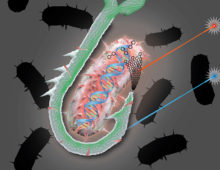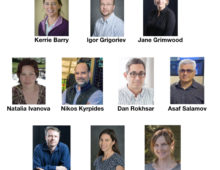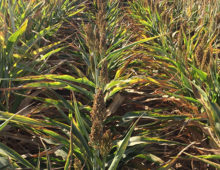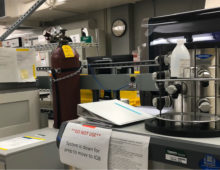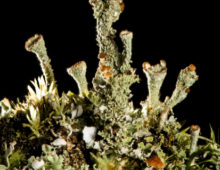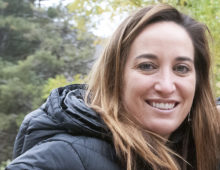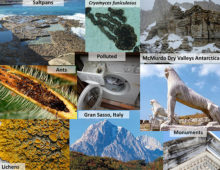A “bait and hook” single-cell genomic approach to bioprospecting. The Science One of the most vital pieces of equipment for fly fishing is a boxful of lures. Designed with feathers or wires to mimic an insect or a particular movement, each of these lures are the bait designed to attract specific catches. A similar technique…
10 From JGI on the 2019 Highly Cited Researchers List
Clarivate Analytics, formerly the IP & Science arm of Thomson Reuters, has released their 2019 list of Highly Cited Researchers, which includes 10 affiliated with the JGI . The 2019 list focused on Highly Cited Papers, defined in the Methodology section as “those that rank in the top 1% by citations for papers published and…
Dealing with Drought: Uncovering Sorghum’s Secrets
Over 40 percent of the cereal crop’s genes respond to drought stress. The Science Fields of drooping stalks and cracked earth are becoming common images in many regions due to more extreme weather events such as heat waves, droughts and floods. The planet’s resources are being stretched by a growing human population and increasing demand…
Mindfully Moving JGI
JGI is in the process of shifting its operations from Walnut Creek to the heart of the Berkeley Lab campus. By Friday, October 18, the production sequencing labs in Building 100 were silent. Twenty years after the JGI united the genomics expertise of three national labs in one long building at Walnut Creek, after countless…
Making a Lichen Together
For the first time, a team analyzes the transcriptomes of a lichen fungus and alga to understand their partnership more clearly. The Science The humble lichen is a superorganism: one being that is actually comprised of two (or more) participants. One is a fungus (usually belonging to the ascomycetes, one of the two main branches…
Kelly Wrighton, Colorado State University
For Kelly Wrighton of Colorado State University, collaborating with the JGI means having another partner at the table.
Triggering Morel Fruiting
A collaborative team led by Hao Tan from the Sichuan Academy of Agricultural Sciences in China and involving Francis Martin from the Institut National de la Recherche Agronomique (INRA) in France and Igor Grigoriev from the U.S. Department of Energy (DOE) Joint Genome Institute (JGI), a DOE Office of Science User Facility, reported on just…
Characterizing Communities: JGI Announces Latest CSP Portfolio
Proposals aim to sequence and annotate genomes from Antarctica to Africa to global oceans. Through the Community Science Program of the U.S. Department of Energy (DOE) Joint Genome Institute (JGI), a DOE Office of Science user facility, 24 large-scale proposals have been accepted from 70 full submissions based on 92 letters of intent. Additionally, 40…
Microbes and Viruses Around Hydrothermal Systems
Microbes living at hydrothermal vents act as important “filters” for compounds like sulfur, iron, and managanese that emerge from deep below the seafloor.
Mutant Population Resources in Panicum hallii
A central goal of the DOE Biological and Environmental Research (BER) program and current JGI sequencing efforts is to improve our understanding of candidate plant species to advance their use as bioenergy feedstocks. Juenger and colleagues have developed mutant population resources in Panicum hallii to help in the discovery of new genes and pathways important for feedstocks in forward screens, as well as a valuable testing platform for reverse genetic studies of known genes. These knowledge will facilitate our ability to manipulate and improve switchgrass for feedstock production.
